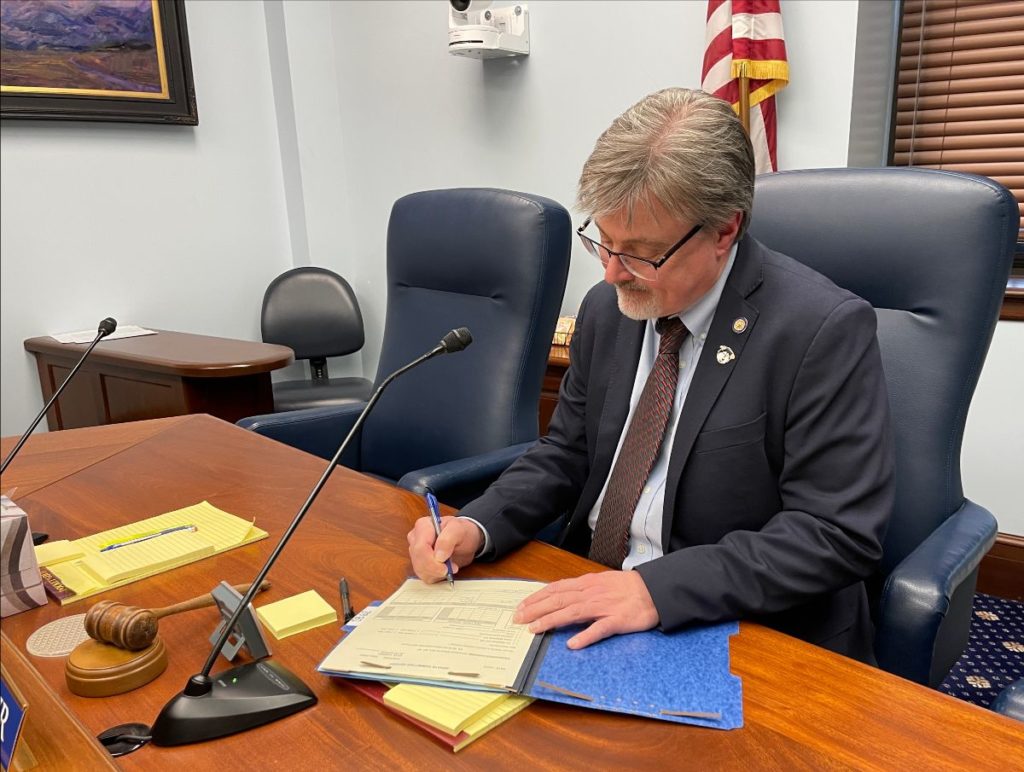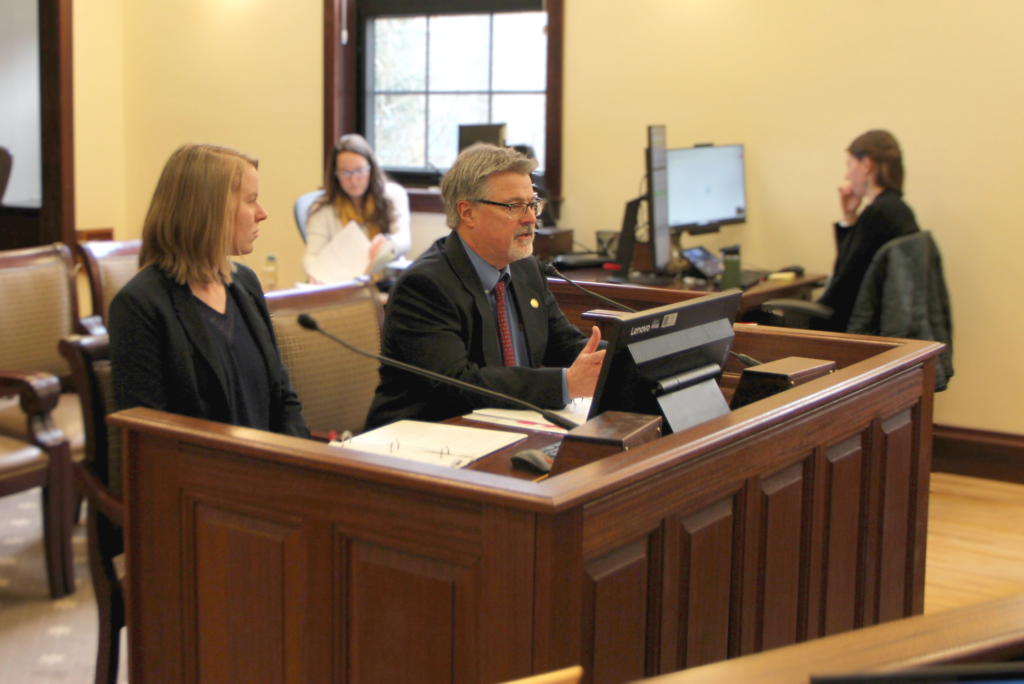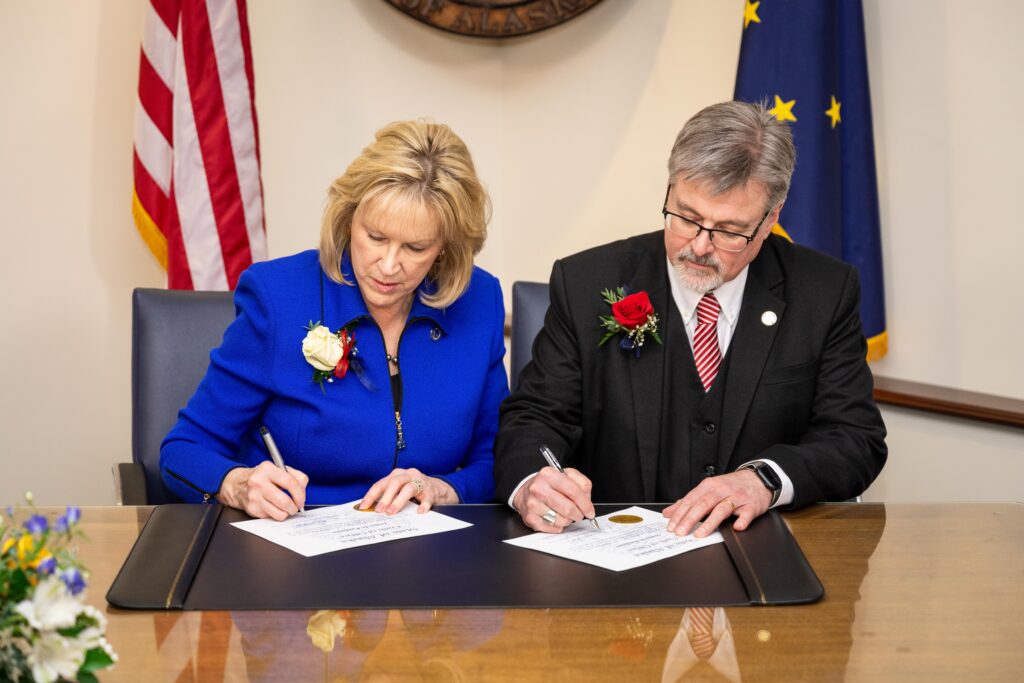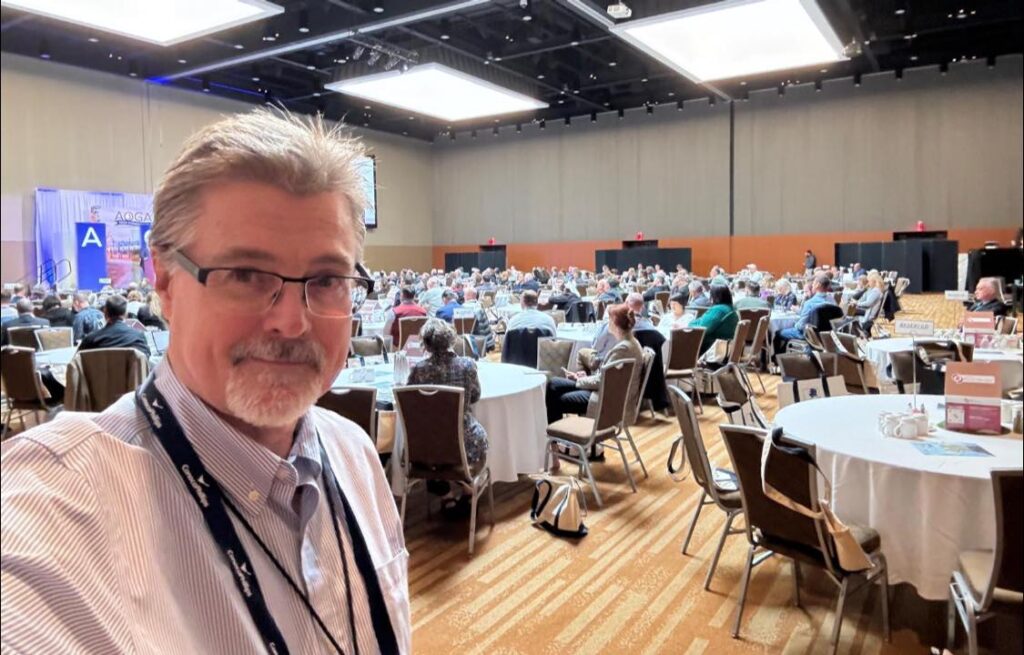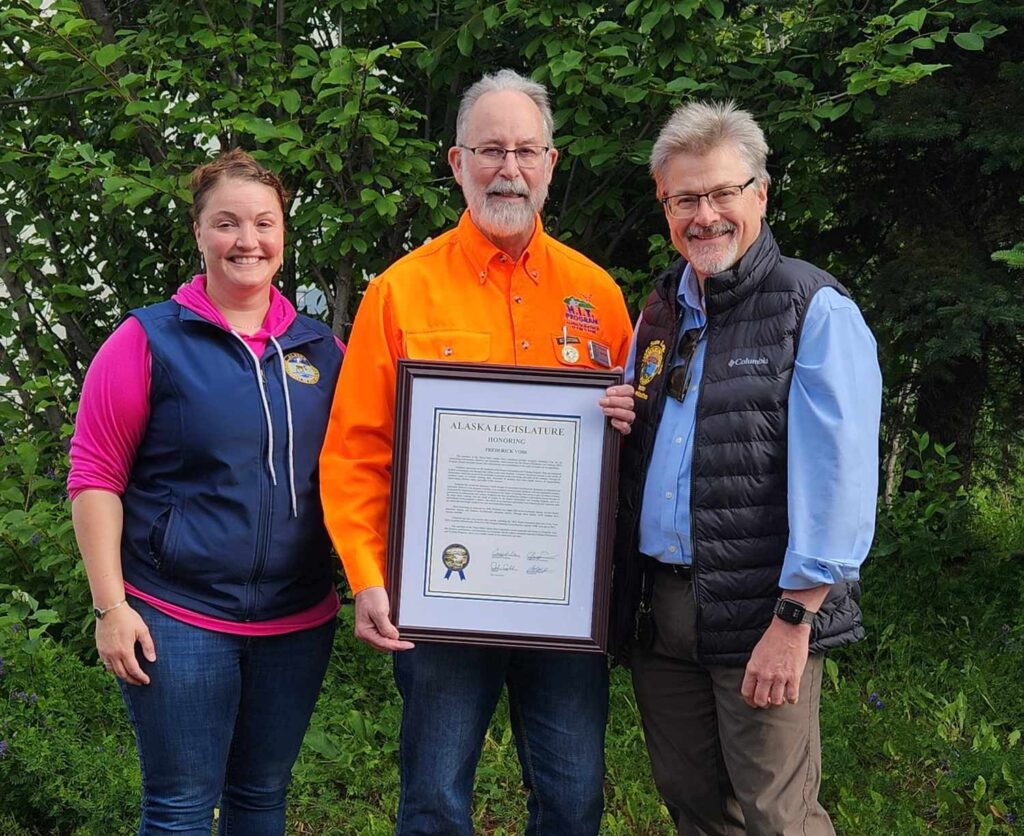Senate Transportation is rumbling along smoothly. During our committee meetings, we continue to drill into specific modes of transportation. Outside of our official meeting times, however, we have been diving into the Alaska Marine Highway System (AMHS).
With nine ferries, dozens of coastal communities, and thousands of miles of marine highway, AMHS is an important mode of transportation for Alaskan coastal communities. It is also the mode of transportation in Alaska experiencing the biggest challenges.
Most of AMHS’s fleet has aged long past its expected lifespan and is being hit hard by the recruitment and retention problems seen in most industries. These issues, coupled with years of volatile budgets and organizational challenges, have left our coastal communities with an unreliable ferry system.
As these challenges loom, the ferry system is set to receive close to $300 million in federal funding. Coupled with increased State investment last year, the ferry system is being offered a lifeline that has the potential to pull the system out of crisis. But that potential can only be fully realized if the Department of Transportation, in consultation with the Alaska Marine Highway Operations Board, can formulate a clear long-term vision for the system.
With a clear vision and direction for the future of the system, a high-level long-range plan for the next five years can be developed. From there, detailed annual short-term execution plans ensure that every dollar is spent intentionally and in a manner that will ensure the system’s long-term sustainability.
AMHS has long needed this sort of strategic planning. With new leadership in DOT and at the helm of AMHS, as well as the competency of the citizen members of the Operations Board, that future state is possible. But a lot of work has to be done.
All change is challenging. Especially major changes in an organization that has been operating for decades. In my role as the Chair of the Senate Transportation Committee, I see an opportunity to work closely with the Department of Transportation and the Operations Board (that I helped create last year) to ensure that the strategic planning mandate the Legislature gave them both last year will be delivered upon.
At the same time, my team and I are digging deep to understand the Marine Highway System as a whole. My career in project and quality management gives me relevant organizational and strategic planning expertise. Now, I am working to understand the structural and situational issues AMHS faces so that as we engage with both Department and Board members, we can do so with the knowledge we need to meaningfully add to the conversation. That means lots of phone calls, team work-sessions, and binders full of information.
While none of these things are on camera or on the official record of the Senate Transportation Committee, I see them as a critically important part of my job while I am Chair.
As these efforts progress behind the scenes, here are the topics we’ve taken up during committee:
February 21: We heard from DOT about Roads, Highways, and Bridges. We learned how the Northern, Central, and Southcoast Regions operate and interact with each other. We talked about operations and project delivery processes. The Department also addressed a couple of ongoing projects in each region (including the Seward Highway Academy Vanguard project and some of the ongoing snow removal issues).
Watch the meeting | Look through the Slide Deck
February 28: DOT presented on Non-Motorized Transportation (sidewalks, bike paths, pedestrian safety, accessibility options) around the state and how they factor vulnerable road users into their transportation planning.
Watch the meeting | Look through the Slide Deck
March 7: We amended Senate Bill 62, which seeks to define e-bikes in statute, and passed it out of the Transportation Committee. Now it moves on to the Senate State Affairs Committee.
Watch the meeting | Learn more about SB 62
March 14: The University of Alaska Fairbanks and DOT shared the incredible steps they are taking with unmanned aircraft in Alaska. Currently, Alaska is the only state given permission by the FAA to fly drones out of the line of sight. These innovations will allow everything from better inspections of infrastructure that is otherwise dangerous to the ability to ship critical supplies remote villages even in bad weather.
Watch the meeting | Look though the Slide Deck
March 16: The Alaska Railroad Corporation presented an update of their operations and helped us better understand their organization.
Watch the meeting | Look through Slide Deck
March 21: Held a confirmation hearing for one of the Governor’s appointees to the Board of Marine Pilots.
Watch the meeting | Learn more about his qualifications
~

